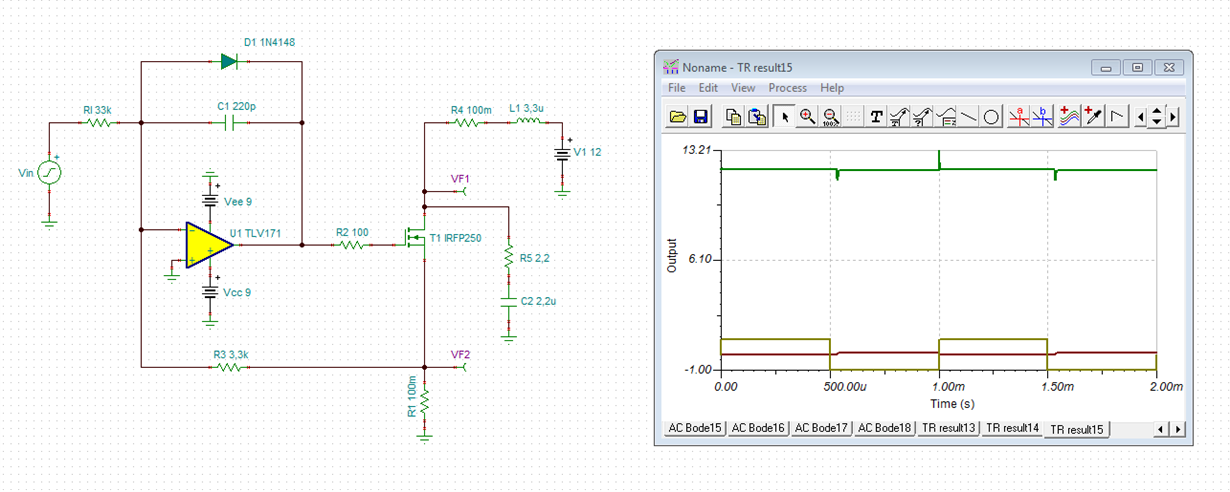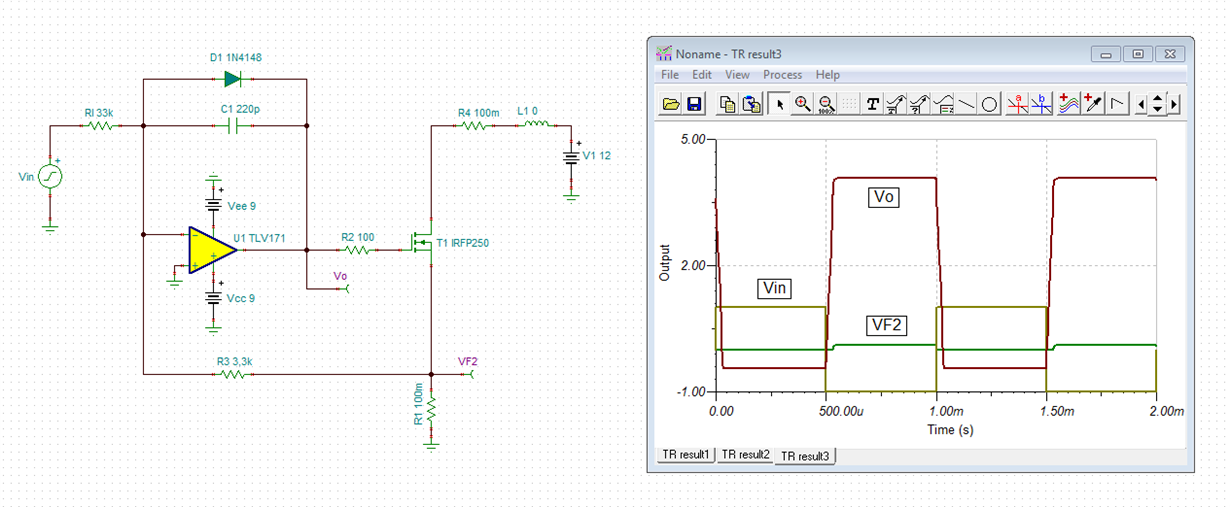Other Parts Discussed in Thread: OPA172, OPA192
I am a noob, working on building an Electronic Load, for my lab, using the TVL171 Op Amp. I am finding the data sheet a bit confusing. The DS clearly states, in the introduction text, that it is a single-supply device. However, there is further information that states voltages, for dual-supply applications...
- So, can the TVL171 be used in Dual-Supply applications?
- If not, what would needs to be changed, in the circuit. The power supply, to single, of course... And, combining all the negative voltages, to ground, I presume?
I misread the information, originally, and laid out a dual-supply circuit. Schematic attached.
Thank you, for your help.











